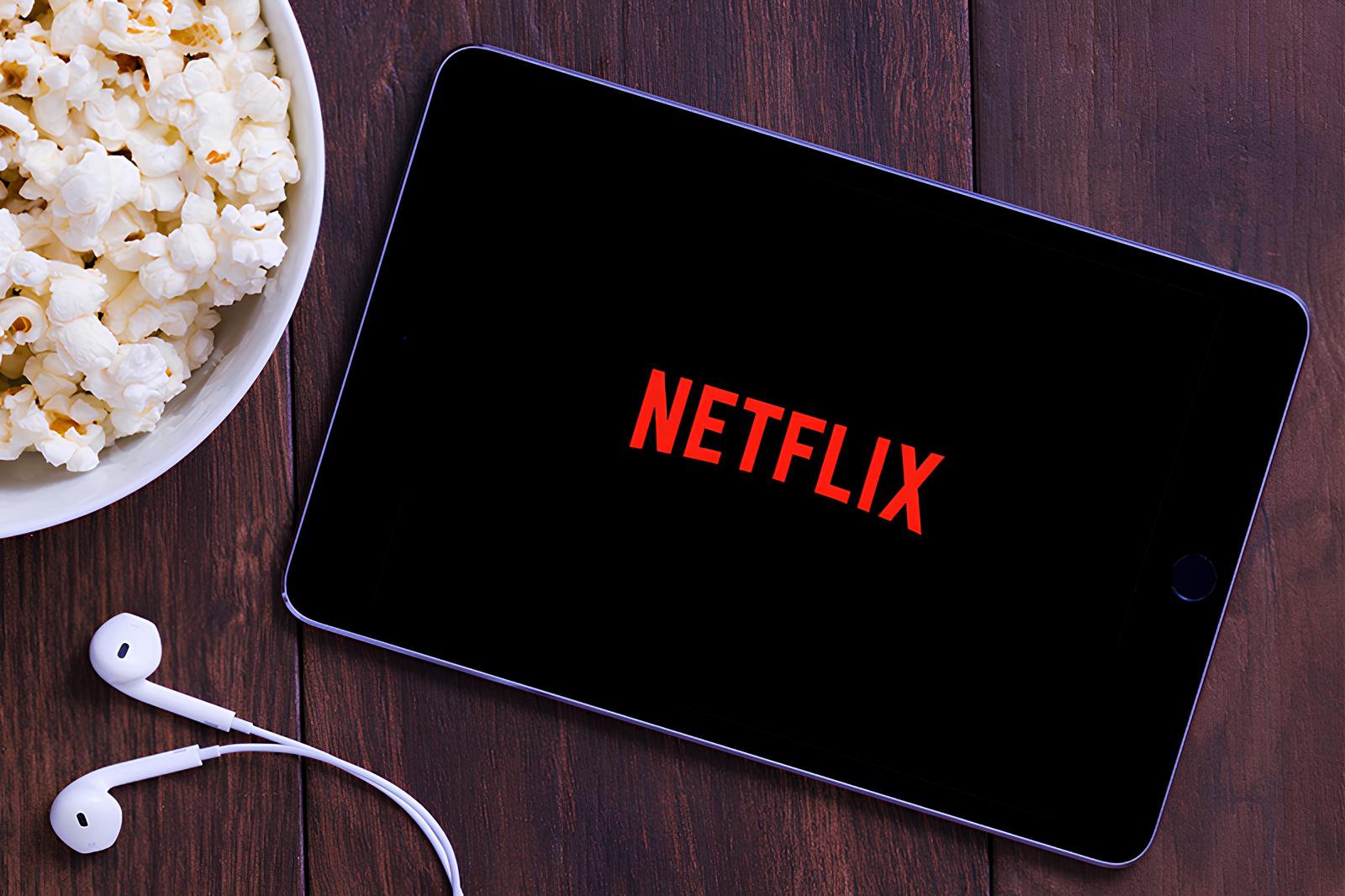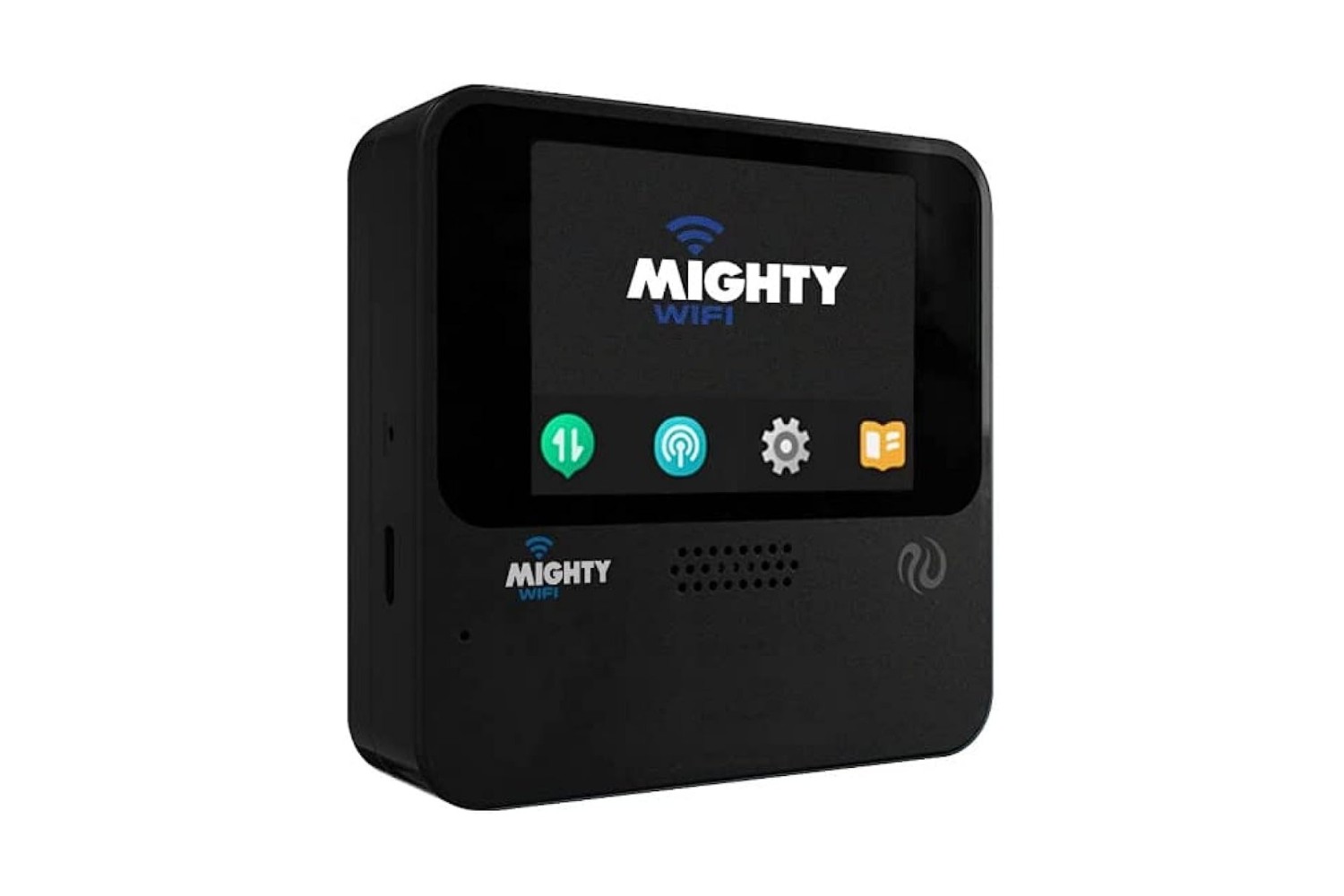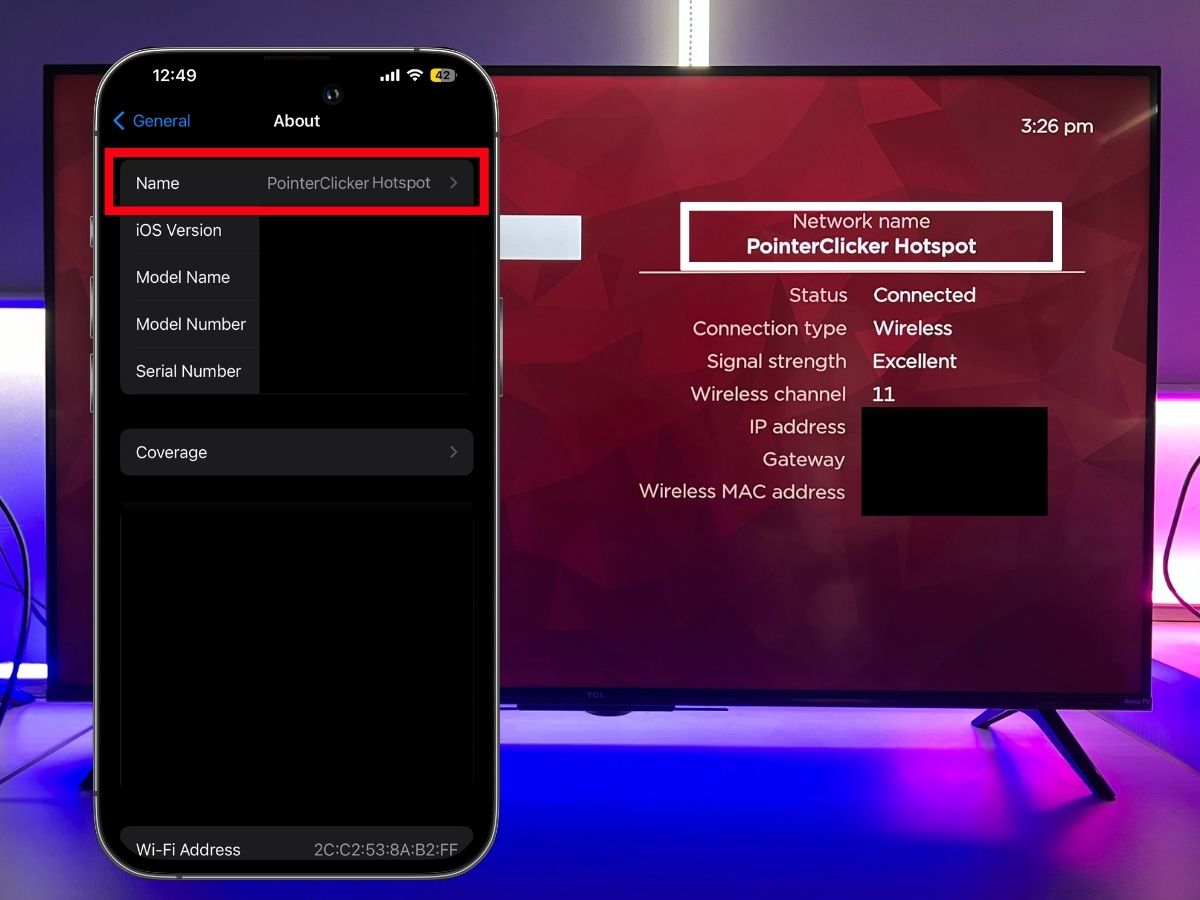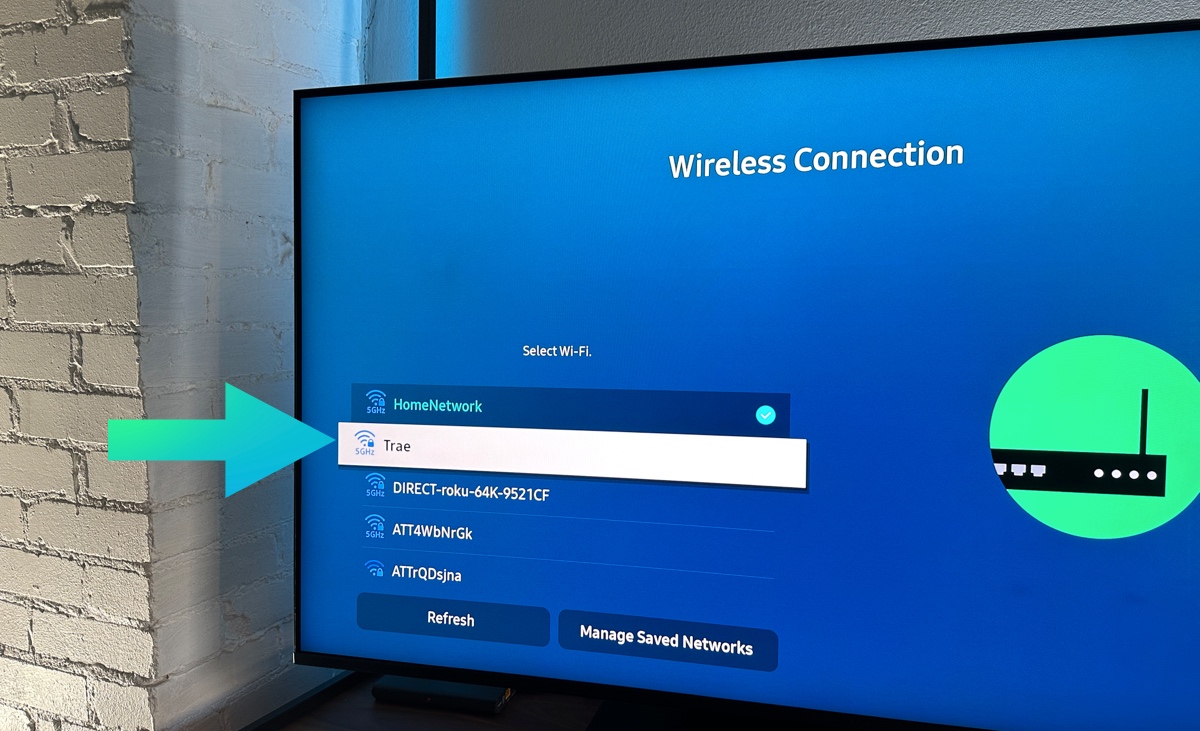Introduction
In today's digital age, the convenience of streaming movies and TV shows has become an integral part of our entertainment experience. With the widespread availability of high-speed internet and the proliferation of streaming platforms, it's easier than ever to enjoy our favorite content on the go. However, when it comes to streaming movies on a hotspot, it's essential to be mindful of data usage to avoid exceeding data caps and incurring additional charges.
Streaming services such as Netflix, Hulu, Amazon Prime Video, and Disney+ offer a vast library of content, ranging from classic films to the latest releases. While these platforms provide unparalleled convenience, they also consume significant amounts of data, especially when streaming in high definition. This can quickly deplete the data allowance on a hotspot, leading to reduced speeds or additional fees from the service provider.
Understanding the impact of movie streaming on data usage is crucial for individuals who rely on hotspots for internet access. Whether you're traveling, working remotely, or simply prefer the flexibility of a hotspot, managing data consumption while enjoying your favorite movies is essential for a seamless streaming experience.
In the following sections, we'll delve into the intricacies of movie streaming data usage, explore the factors that contribute to data consumption, and provide practical guidelines for optimizing data usage when streaming movies on a hotspot. By gaining a comprehensive understanding of these aspects, you'll be empowered to make informed decisions and maximize your movie streaming experience while effectively managing your data usage.
Understanding Movie Streaming Data Usage
When it comes to streaming movies on a hotspot, it's essential to comprehend the intricate relationship between content consumption and data usage. Movie streaming entails the continuous transmission of audio and video data over the internet, which directly impacts the amount of data consumed. The following factors contribute to the data usage dynamics of movie streaming:
-
Resolution and Quality: The resolution at which a movie is streamed significantly influences data consumption. Higher resolutions, such as 1080p (Full HD) and 4K (Ultra HD), require more data compared to standard definition (SD) streaming. This is attributed to the increased amount of visual detail and clarity present in higher-resolution content, resulting in larger file sizes and heightened data usage.
-
Streaming Duration: The duration of movie streaming directly correlates with data consumption. Longer movies or binge-watching sessions can substantially deplete data allowances. Continuous streaming over extended periods amplifies the cumulative data usage, especially when viewing high-definition content.
-
Compression and Encoding: Streaming platforms employ various compression and encoding techniques to deliver content efficiently. While these technologies optimize data transmission, the level of compression and encoding can impact the overall data usage. For instance, highly compressed videos may consume less data but could exhibit reduced visual quality.
-
Content Delivery Network (CDN): Content delivery networks play a pivotal role in streaming data distribution. When you stream a movie, the content is often delivered through CDNs, which store and distribute the content across servers. The proximity of the CDN servers to the user, as well as the efficiency of data delivery, can influence the amount of data consumed during streaming.
-
Dynamic Bitrate Adjustment: Many streaming services utilize dynamic bitrate adjustment, which adapts the video quality based on the available bandwidth and device capabilities. While this feature optimizes streaming performance, it can result in fluctuating data usage as the bitrate adjusts to accommodate varying network conditions.
Understanding these factors is crucial for gauging the impact of movie streaming on data usage. By recognizing the nuances of data consumption during movie streaming, individuals can make informed decisions regarding their streaming habits and effectively manage their data usage on hotspots.
Guidelines for Managing Movie Streaming Data Usage on Hotspot
Effective management of movie streaming data usage on a hotspot is essential for optimizing the streaming experience while ensuring prudent utilization of data allowances. By implementing the following guidelines, individuals can strike a balance between enjoying their favorite movies and maintaining control over data consumption:
1. Choose Optimal Streaming Settings
Selecting the appropriate streaming settings can significantly impact data usage. When streaming movies on a hotspot, consider adjusting the resolution to a lower setting, such as standard definition (SD), to reduce data consumption. Many streaming platforms offer customizable playback settings, allowing users to tailor the streaming quality based on their preferences and data constraints.
2. Monitor Streaming Duration
Being mindful of streaming duration is crucial for managing data usage. While indulging in movie marathons can be enticing, prolonged streaming sessions can swiftly deplete data allowances. Monitoring and limiting the duration of movie streaming sessions on a hotspot can help mitigate excessive data consumption and ensure that data resources are utilized judiciously.
3. Leverage Offline Viewing Options
Several streaming services offer offline viewing capabilities, enabling users to download movies for offline playback. Leveraging this feature while connected to Wi-Fi can reduce reliance on hotspot data for movie consumption. By downloading movies in advance, individuals can enjoy their favorite content without consuming additional hotspot data during playback.
4. Utilize Data-Saving Features
Many streaming platforms incorporate data-saving features designed to minimize data usage without compromising the viewing experience. These features often include optimized video compression and lower bitrate streaming options, which can effectively reduce data consumption during movie playback on a hotspot. Exploring and enabling these settings can contribute to efficient data management.
5. Implement Hotspot Data Monitoring Tools
Utilize hotspot data monitoring tools or apps to track data usage in real-time. These tools provide insights into data consumption patterns, allowing users to identify the impact of movie streaming on their data allowances. By staying informed about data usage, individuals can proactively adjust their streaming habits to align with their data limits.
6. Consider Alternative Content Sources
Exploring alternative content sources, such as podcasts, audiobooks, or music streaming, can diversify entertainment options while minimizing data usage. By occasionally opting for non-video content, individuals can effectively manage their hotspot data allocation, ensuring that it is allocated judiciously across various forms of media consumption.
By adhering to these guidelines, individuals can navigate the intricacies of movie streaming data usage on hotspots with prudence and foresight. Effectively managing data consumption while streaming movies not only optimizes the viewing experience but also contributes to efficient utilization of data resources in a hotspot-dependent environment.

























